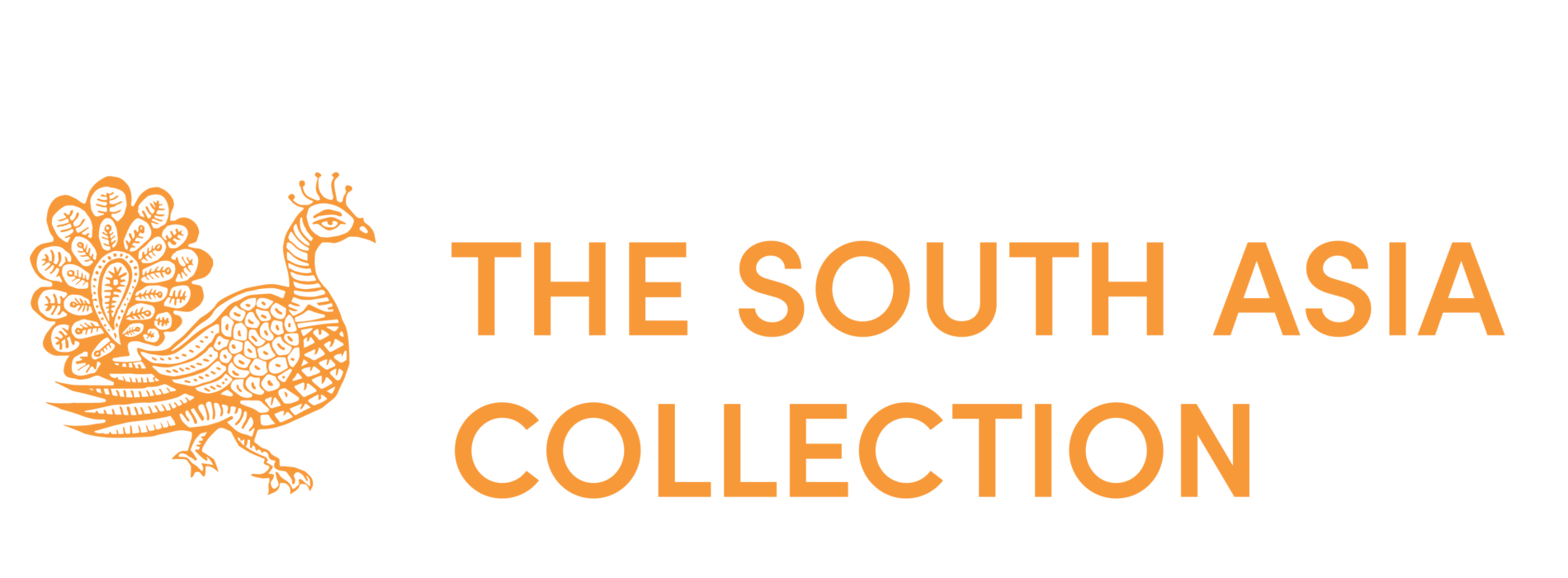
Kharai camels are found in the salt marshes of the coastal region of Kutch and are named based on the local word khara, meaning saline. Recognised as a distinct breed in 2015, these camels have uniquely adapted to swim in seawater. The camels are reliant on mangroves and wetlands for their food and habitat, which are being destroyed and becoming less accessible due to rapid industrialisation.
Craft communities have long taken inspiration from their everyday surroundings in the making of craft objects including textiles. As lifestyles and landscapes change, the representations in traditional crafts are also expanding to include current socio-political issues. This textile panel is one such example.

Crafting the textile
Made using a combination of embroidery, applique, and mirrorwork, this piece is informed by traditional textile craft practices of pastoral communities in Kutch. If you look closely, there is a noticeably higher attention to detail in the intricate embroideries of the camels and the individual leaves on the mangrove trees. This detail is perhaps symbolic of their importance to the local community and ecosystem.
This contemporary panel was acquired from Qasab – an artisanal cooperative in Kutch. Set up in 1997, Qasab was founded with the intention of revitalising the embroidery craft of Kutch as an initiative to promote creativity and generate opportunities to support a sustainable livelihood for craftswomen in remote areas of the region.


History and origin of the representations
A textile panel titled, ‘Embroidering Camel Journeys’ was made for an exhibition called Living Lightly in 2017. This panel specifically depicted the wetlands of Chaari Dand where the herders take their camels during the breeding season every year. The exhibition was organised by the Centre for Pastoralism in India and focussed on documenting the lives of Kutch pastoralists. Women artisans of Qasab partnered with camel herders to create the work. The textile at The South Asia Collection was acquired from Qasab in 2018 and is an example of similar textile panels crafted by the women artisans at Qasab following this exhibition.

More about the Kharai camels
Kharai camels were recognised as an endangered species by the Indian government in 2015. Local non-profit organisations campaigning for the survival of the Kharai camels have been encouraging herders to diversify and start selling camel milk and wool as an additional source of income. Camel milk and wool would generally only be used within the pastoral community for personal consumption and use. In 2016, camel milk obtained legal certification as safe for public consumption and distribution.
The survival of this species and campaign against rampant industrialisation is an ongoing battle with an uncertain future. What is certain though is that the loss of this species would not only be a devasting blow to coastal biodiversity it would also gravely affect the local economy and rich cultural identity of Kutch.

